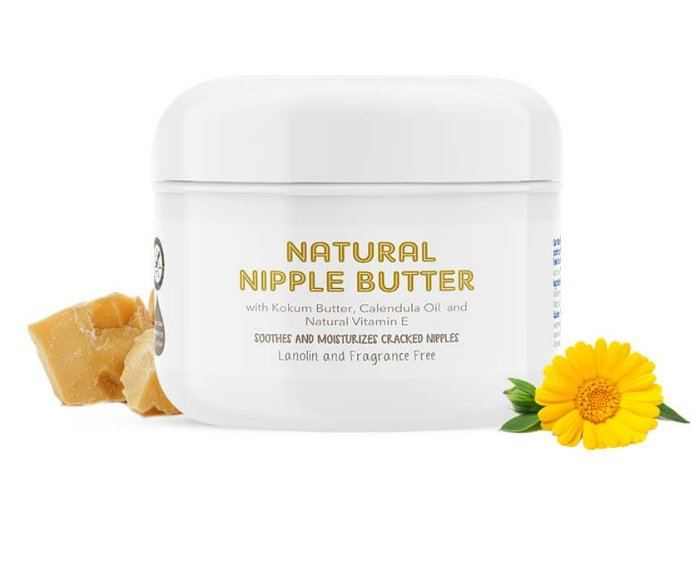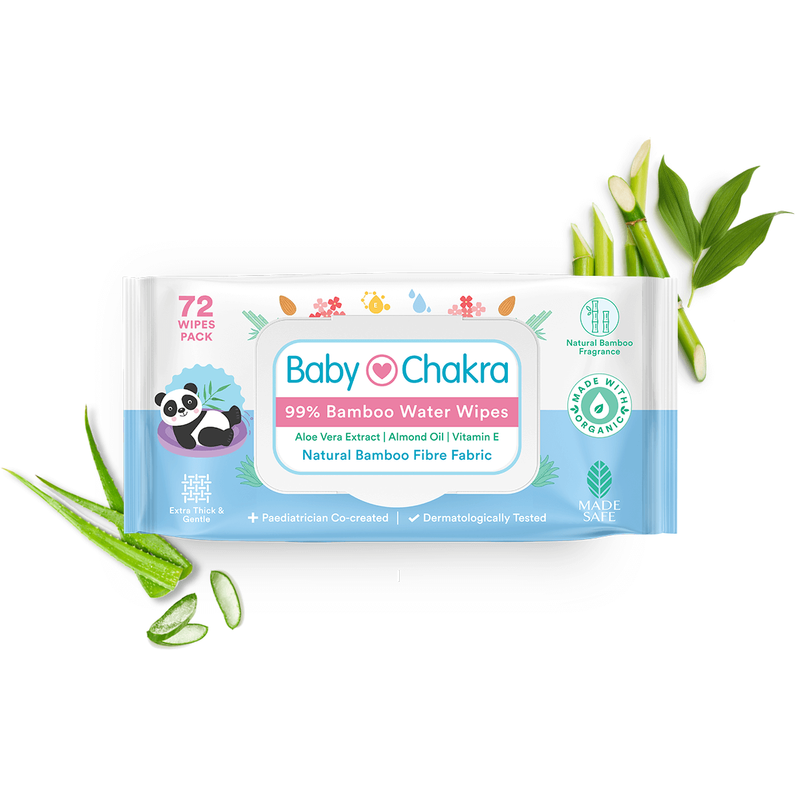
Dry Nursing: Nutrition and Lactation Expert Dr Pooja Marathe Gives Us An Insight
19 Apr 2023 | 4 min Read
Manisha Pradhan
Author | 1053 Articles
Dry nursing, or comfort nursing, is a process in which an infant or toddler engages in the act of sucking without consuming any breast milk or formula. This practice has been observed in many cultures for centuries and is often used to provide comfort, security, and bonding between a mum and the baby.
According to Nutrition and Lactation Expert Dr Pooja Marathe, another clinical term for dry nursing is non-nutritive suckling. Dr Marathe gives us an insight into the advantages and disadvantages of dry nursing.
What Is Dry Nursing?
Dr Pooja Marathe says, “With dry nursing or breastfeeding the baby can smell and taste the droplets of milk that remain in the breast after pumping but does not actually drink significant amounts of milk.”
The Benefits Of Dry Nursing
According to Dr Pooja Marathe, dry nursing is mostly practised in preterm babies who have various feeding issues. “This is also an extension of kangaroo mother care,” she adds.
Some of the benefits of dry nursing are:
Comfort and soothing
One of the main reasons mums engage in dry nursing is to provide comfort to their babies. The act of sucking is instinctual for babies and can be incredibly soothing, especially during times of stress, teething, or illness.
Bonding
Dry nursing can help to strengthen the emotional connection and bond between a mum and her baby, fostering a sense of security and attachment.
Sleep aid
Many infants and toddlers find dry nursing to be a helpful sleep aid, as the process can help them relax and drift off to sleep more easily.
Development of oral motor skills
Engaging in dry nursing can help infants develop their oral motor skills, which are critical for speech development and proper feeding techniques later in life.
Disadvantages Of Dry Nursing
Dr Pooja Marathe says, “The only disadvantage is that the baby may take a longer time to obtain optimal weight gain. This method also requires a lot of help and support from the family members.”
The other disadvantages include:
Confusion between nutritive and non-nutritive sucking
Dry nursing may lead to confusion for the baby when it comes to distinguishing between nutritive (breastfeeding or bottle-feeding) and non-nutritive sucking. However, most babies can differentiate between the two, especially if dry nursing is introduced after breastfeeding or bottle feeding has been well established.
Inadequate nutrition
Some parents may be concerned that dry nursing could replace a baby’s need for nutrient-dense breast milk or formula. To prevent this, it’s essential to maintain regular feeding schedules and monitor your child’s growth and development closely.
Nipple soreness
Dry nursing can lead to nipple soreness or irritation for the mum. Consider using a nipple shield or limiting the duration and frequency of dry nursing sessions.
How to Incorporate Dry Nursing into Your Routine
- Establish a regular feeding schedule: Ensure your baby is receiving adequate nutrition by maintaining a consistent feeding schedule with breast milk or formula.
- Introduce dry nursing during calm moments: Choose times when your baby is relaxed and not overly hungry or tired to introduce dry nursing.
- Use dry nursing as a comforting tool: Utilize dry nursing during moments of distress or anxiety to help soothe your baby.
- Set boundaries: Establish limitations on the duration and frequency of dry nursing sessions to prevent nipple soreness and maintain a healthy balance.
Dry nursing can help in providing comfort, promoting bonding, and assisting with sleep for infants and toddlers. While mums need to be mindful of the concerns and establish healthy boundaries, incorporating dry nursing into your child-rearing practices can have a positive impact on your baby’s overall development.
By understanding the benefits and potential drawbacks of dry nursing, you can make an informed decision about whether this practice is right for your family.
You may want to keep these natural products handy when you are breastfeeding your baby
Also Read:
How To Properly Care For Cracked Nipples
Umbilical Cord Avulsion: What Is It And What Are The Symptoms
Cover image source: freepik
A


Related Topics for you
Suggestions offered by doctors on BabyChakra are of advisory nature i.e., for educational and informational purposes only. Content posted on, created for, or compiled by BabyChakra is not intended or designed to replace your doctor's independent judgment about any symptom, condition, or the appropriateness or risks of a procedure or treatment for a given person.


